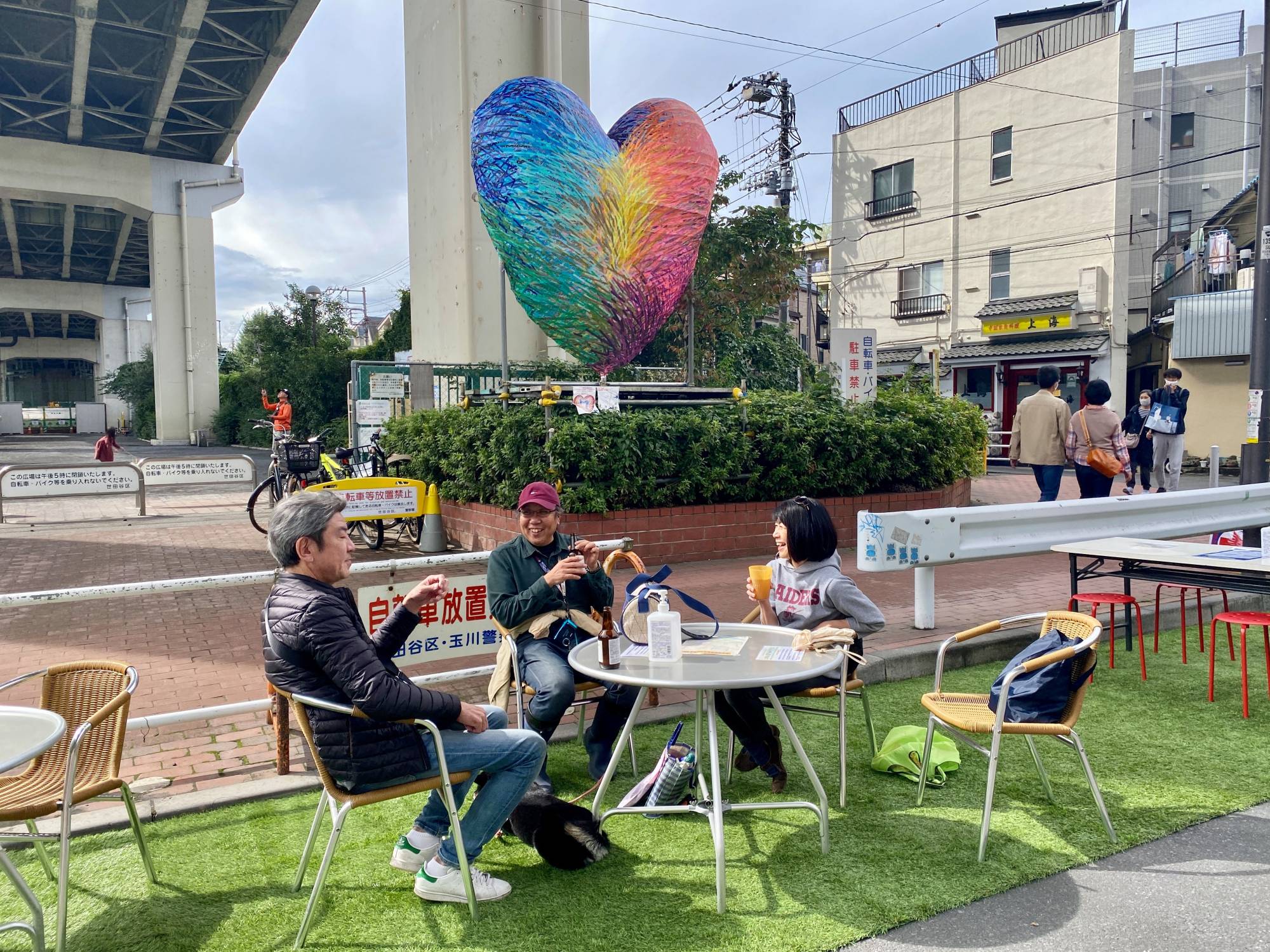In June 2020, Takuya Komuro, the manager and sommelier at Diavola, an Italian restaurant in Omiya, Saitama Prefecture, heard an announcement on TV that promised to revive excitement for Japan’s struggling hospitality industry.
The first wave of the pandemic was in full swing, and seat capacity in his restaurant was restricted to 50%. But a news report flashing on the screen caught his eye: The Ministry of Land, Infrastructure, Transport and Tourism (MLIT) had announced the creation of the Corona Senyo Tokurei (“Special COVID Permit for Road Occupation”), a temporary measure which relaxed the country’s previously stringent regulations on outdoor dining.
In the face of COVID-19, cities like New York have experienced a growth of outdoor dining, even during the frigid winter months. The circulation of air outdoors minimizes transmission risks, which are heightened when congregating in tight quarters; dining rooms moved from inside to outside, and streets in major urban centers across the globe became packed with chairs and tables. In Japan, too, there has been hype and excitement. Websites like TokyoTerraces popped up to help risk-averse diners find restaurants where they could eat en plein air.


















With your current subscription plan you can comment on stories. However, before writing your first comment, please create a display name in the Profile section of your subscriber account page.